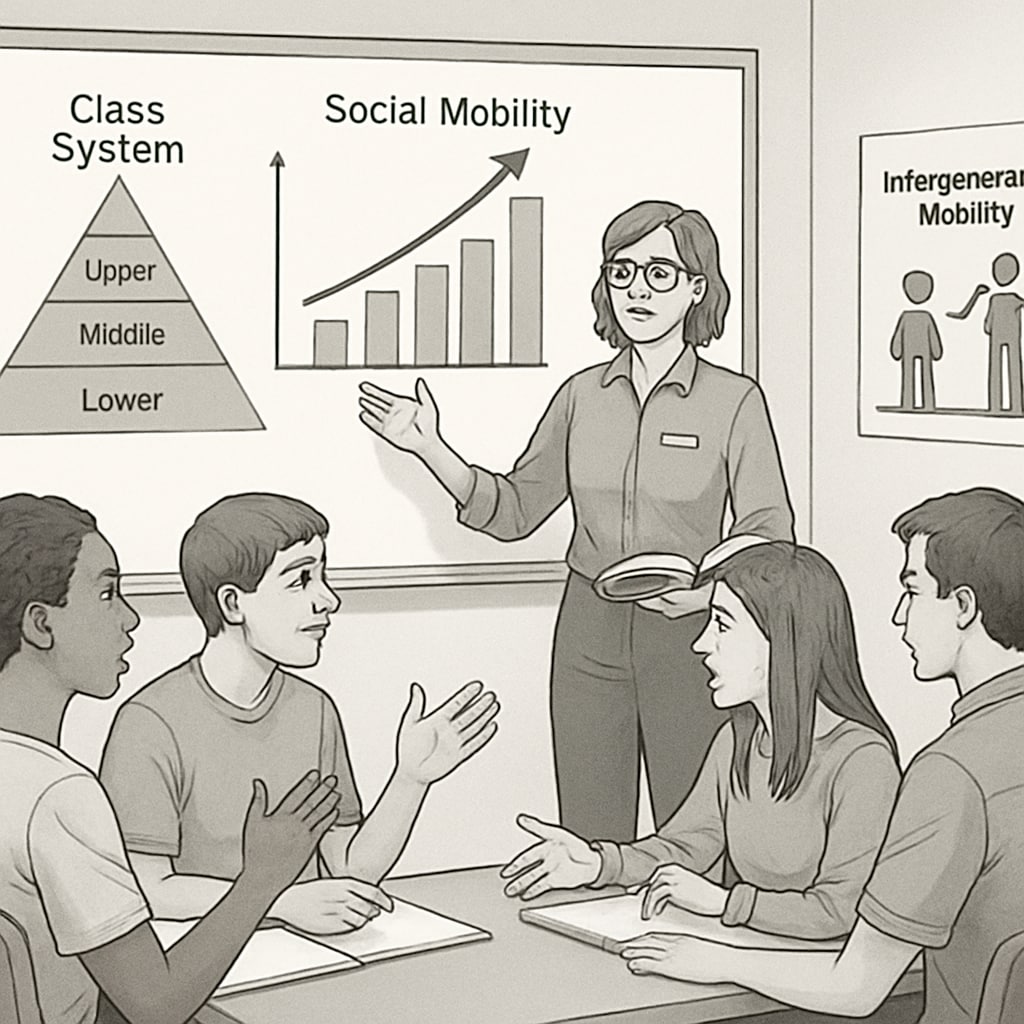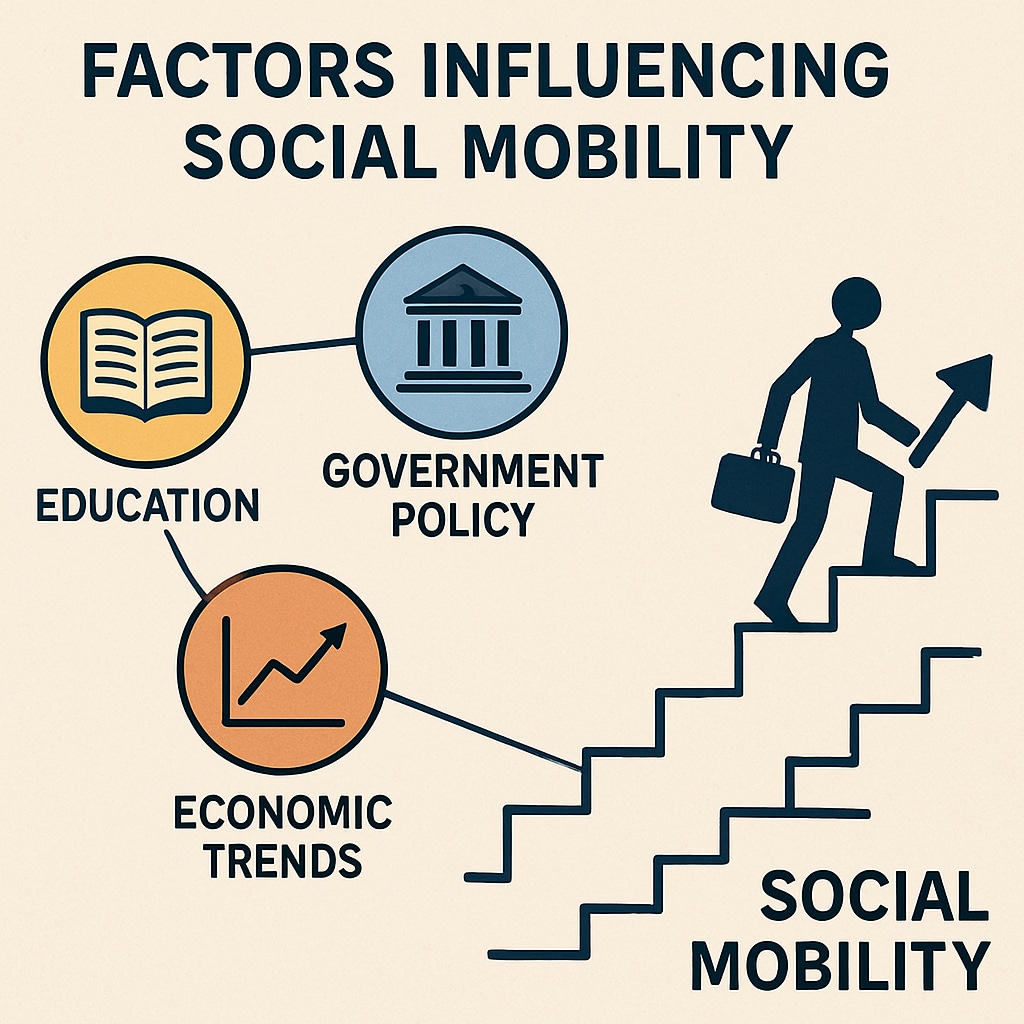The concepts of class system, sociology education, and rigid beliefs have recently stirred debate in K12 education circles. A sixth-grade sociology lesson describing social class as “lifelong and unchangeable” ignited controversy among educators and parents alike. While teaching about social structures is essential, introducing overly deterministic views can discourage students from believing in their own potential. This article examines the implications of such rigid perspectives and advocates for a more balanced approach to teaching social mobility.
How Misconceptions About Social Class Limit Students
Social class refers to a system of hierarchical distinctions based on factors like wealth, occupation, and education. In sociology education, it is vital to emphasize the dynamic nature of these classifications rather than presenting them as fixed or immutable. When children are taught that they are locked into a class for life, it can result in:
- Lower aspirations: Students may feel discouraged from aiming higher academically or professionally.
- Reinforced inequality: Such teachings can perpetuate stereotypes and limit efforts to address systemic barriers.
- Reduced critical thinking: Students may accept societal structures without questioning or understanding historical changes.
For instance, history is filled with examples of individuals surpassing societal expectations through education, innovation, and resilience. Educators must use these stories to inspire students rather than confining them to rigid class definitions.

The Importance of Objective Social Mobility Education
Teaching about social mobility — the ability to move between social classes — should be grounded in evidence and balanced perspectives. According to Wikipedia’s definition of social mobility, factors like education, economic opportunities, and government policies significantly influence mobility. Ignoring these factors in lessons oversimplifies reality, making it harder for students to grasp the complexities of societal change.
Educators can address this by:
- Providing real-world examples of upward and downward mobility.
- Highlighting historical and cultural contexts where mobility has shifted dramatically.
- Encouraging discussions about systemic challenges and solutions.
Such approaches empower students to critically analyze their surroundings and recognize their potential to shape their futures.

Why Balanced Perspectives Matter in K12 Education
One of the primary goals of K12 education is to prepare students for a world full of opportunities and challenges. When sociology education fails to emphasize the possibility of change within the class system, it risks instilling a sense of helplessness. Balanced teaching about class systems and mobility can:
- Promote resilience: Students learn that setbacks do not define their future.
- Encourage ambition: Understanding mobility inspires students to pursue higher education or career goals.
- Foster critical thinking: Students analyze societal structures and consider ways to drive change.
For example, a study from Britannica shows that nations with greater educational access and economic equality tend to have higher rates of social mobility. Educators must use such data to present a nuanced view of class dynamics.
Readability guidance: By using short paragraphs, lists, and real-world examples, educators and content creators can make sociology lessons engaging and relatable. This article advocates for moving away from deterministic views and promoting constructive conversations about social structures and personal growth.


